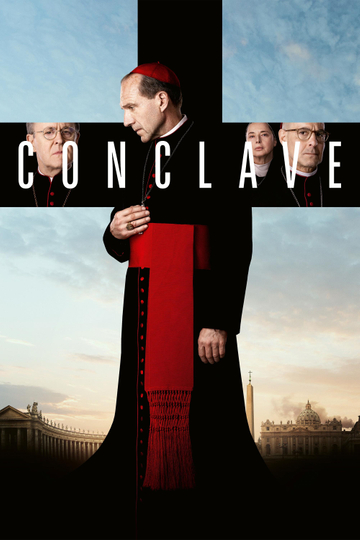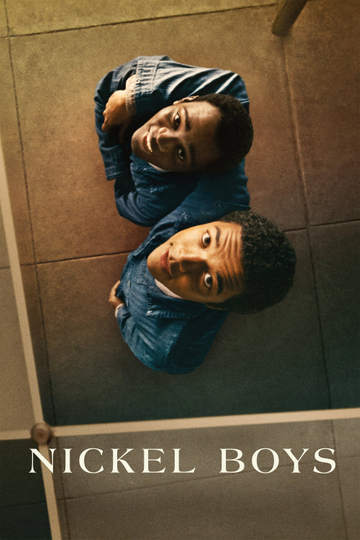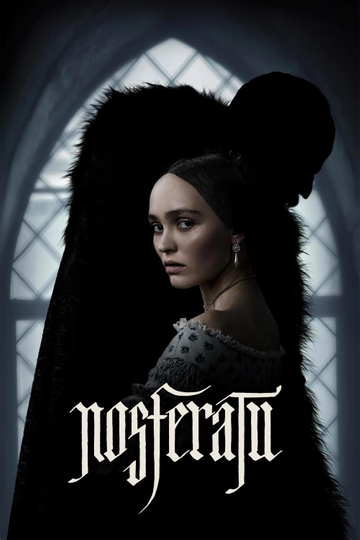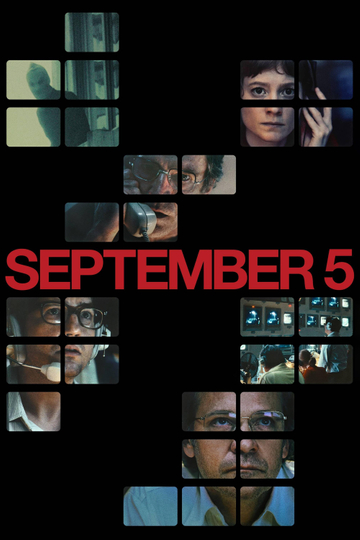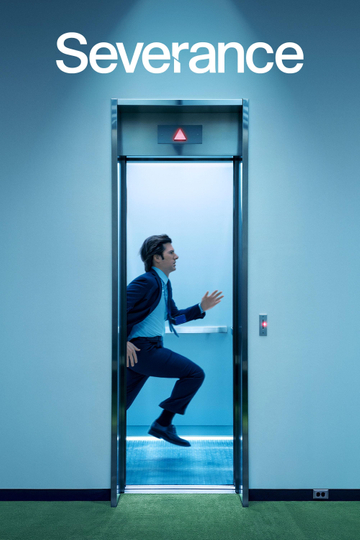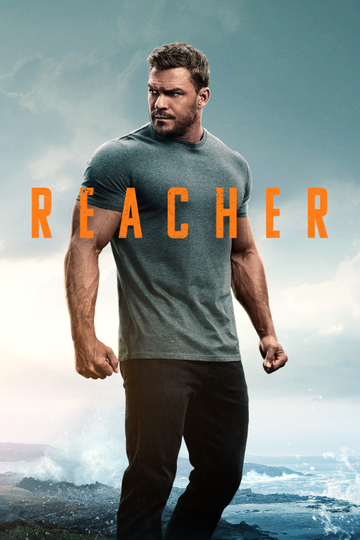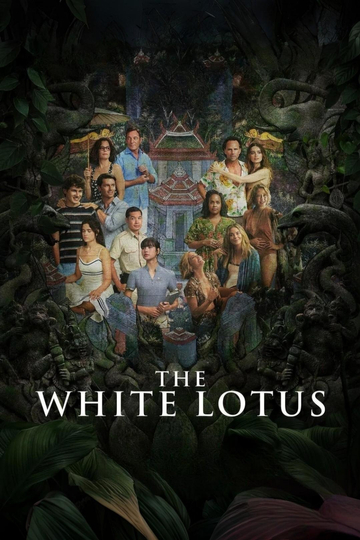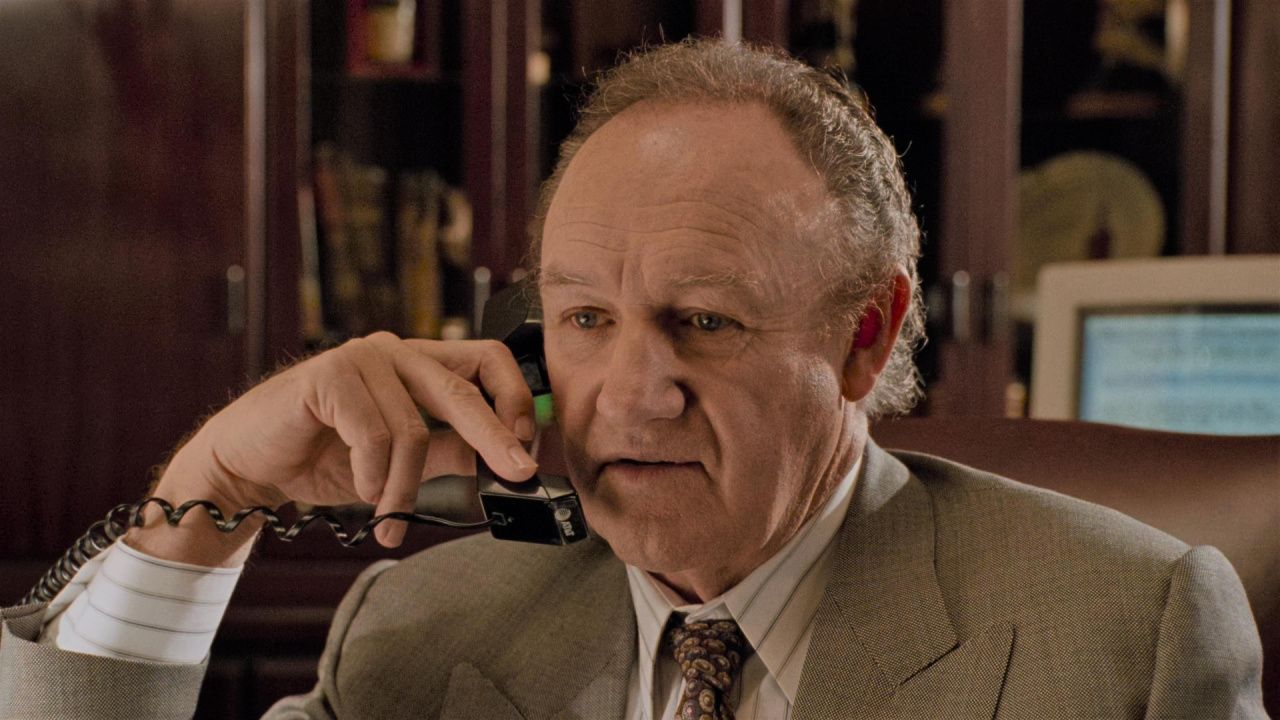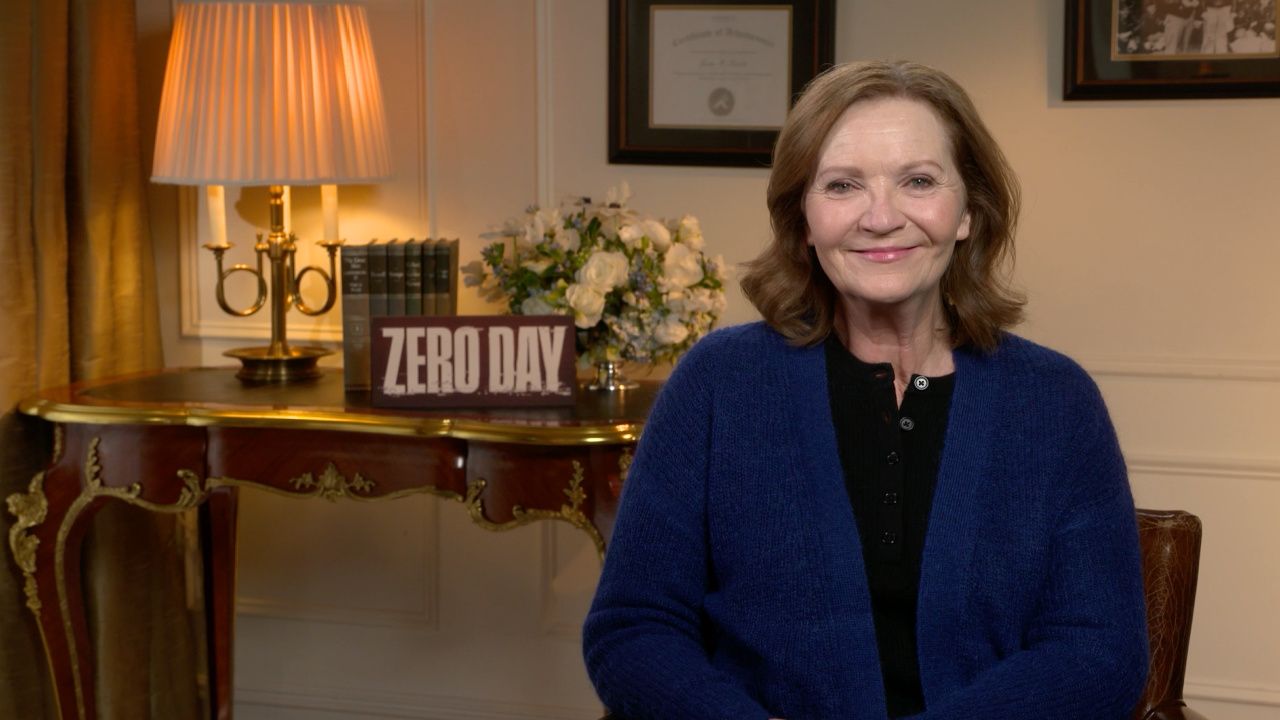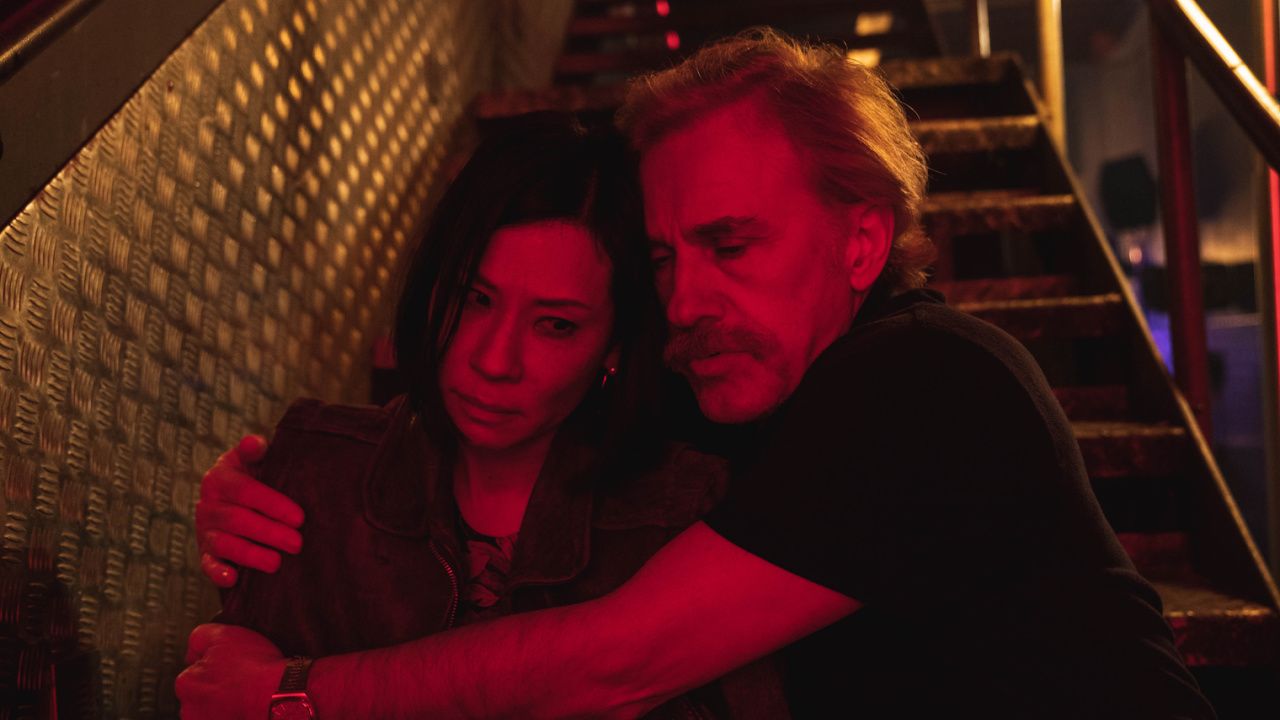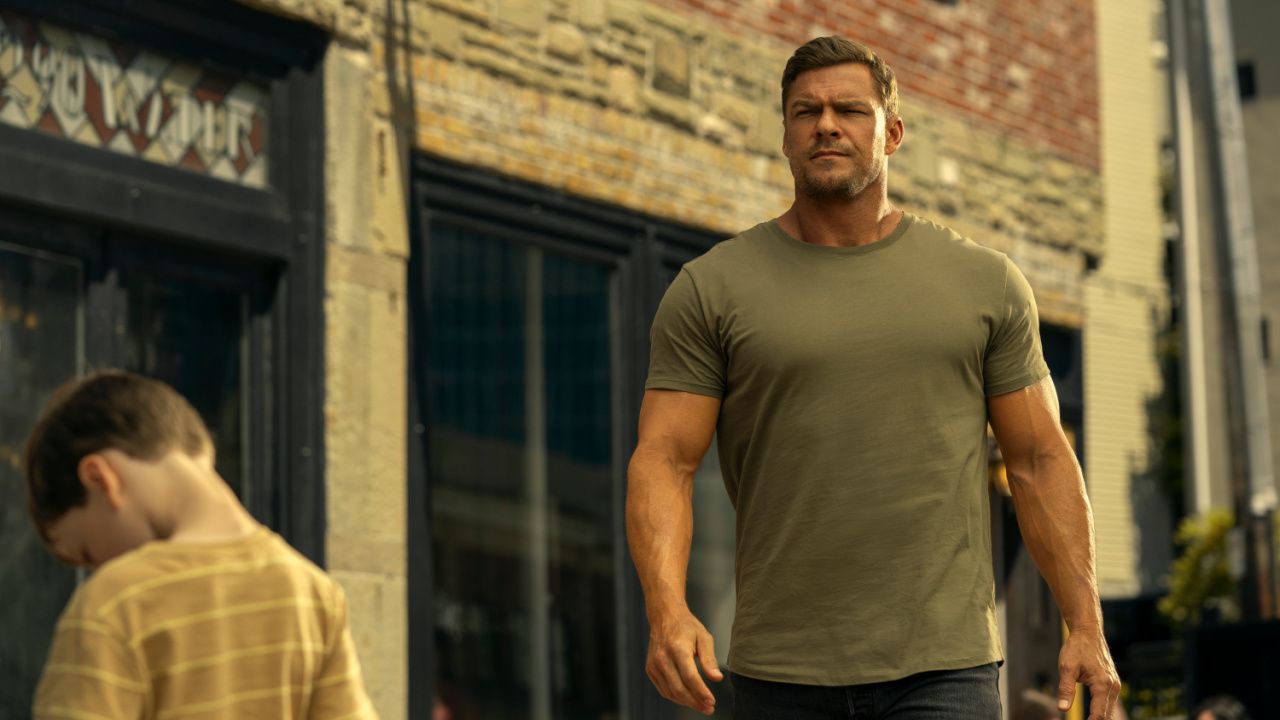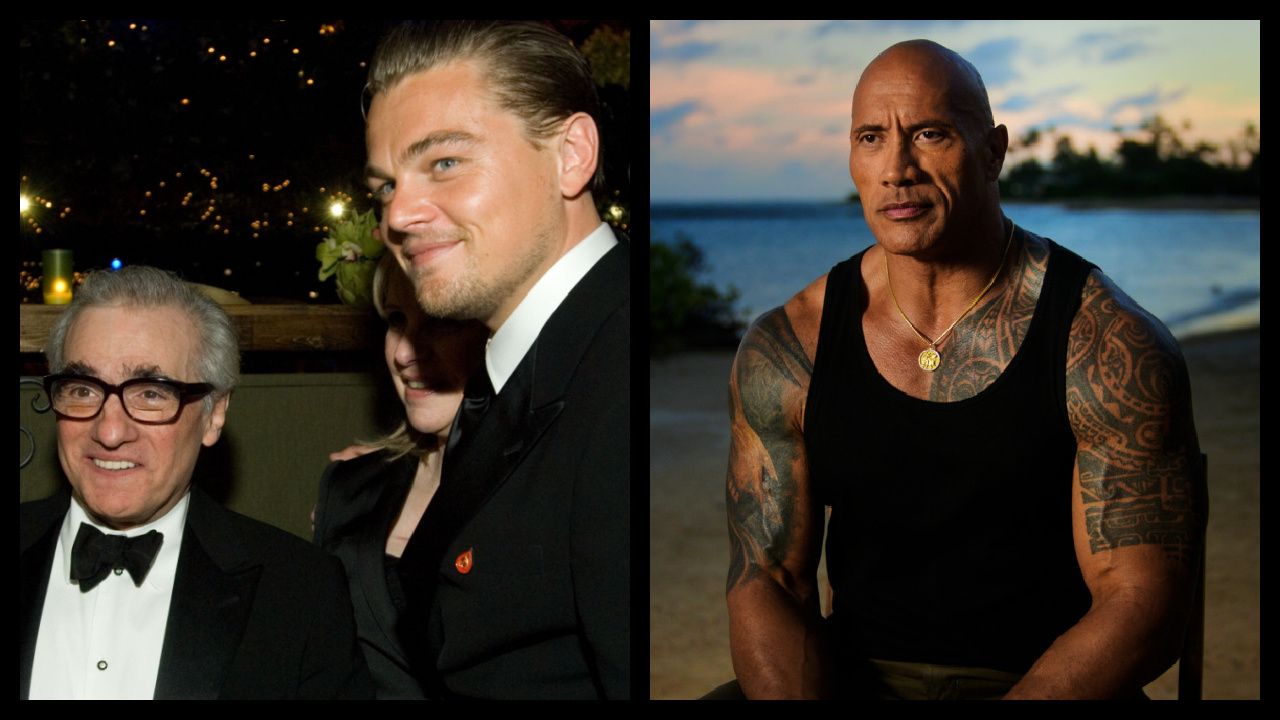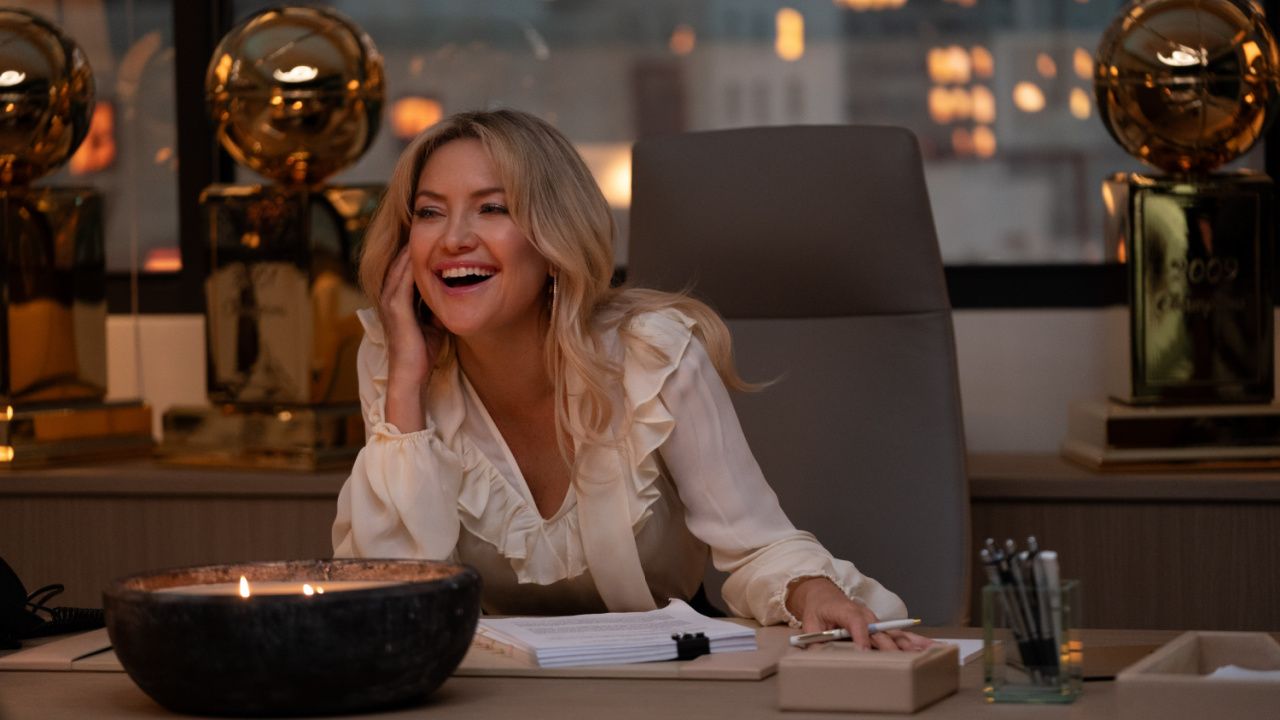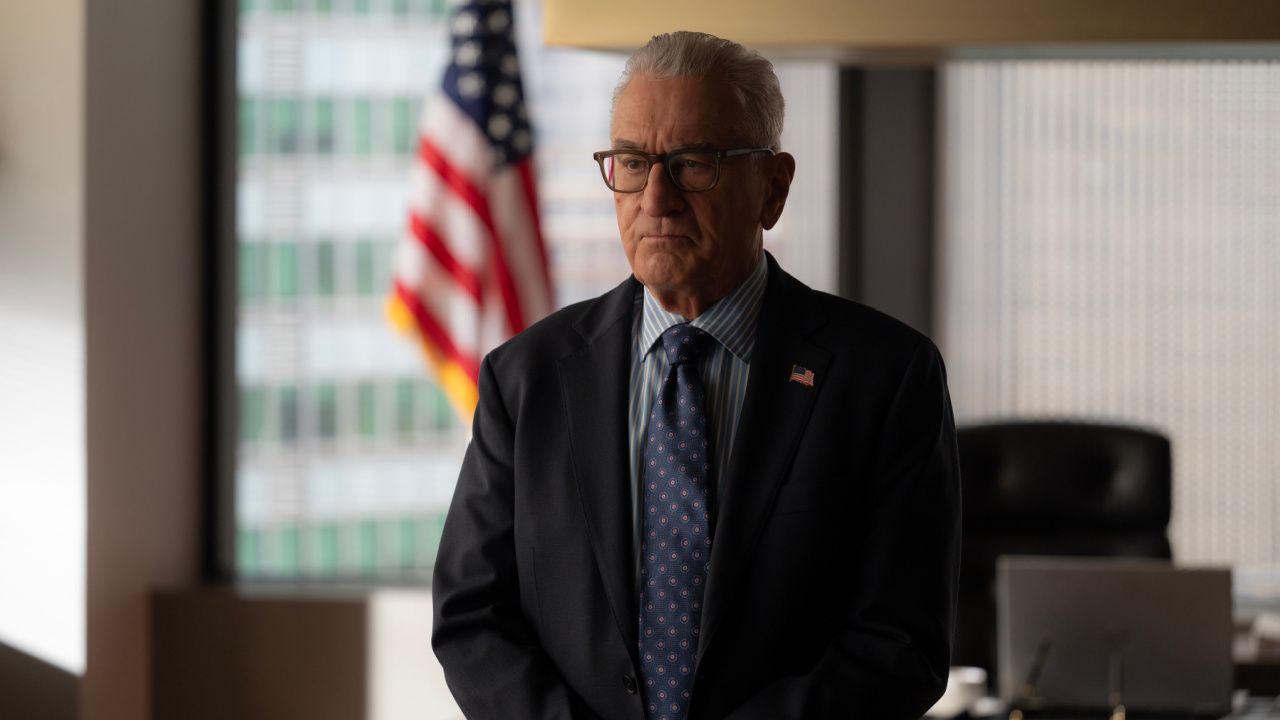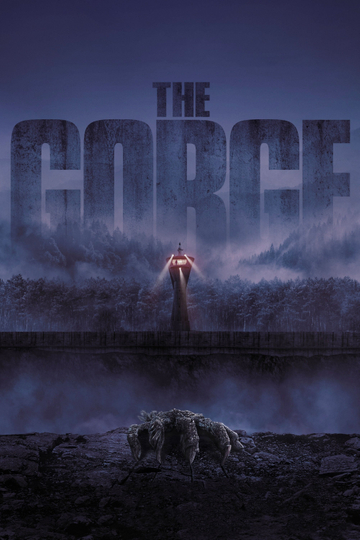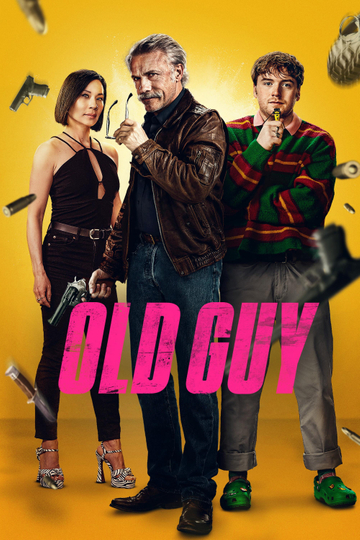Baby, I'm A Star: 19 Things You Didn't Know About Prince's 'Purple Rain'
On July 27, “Purple Rain” turns 35. A product of its era, it’s easy to look back at director Albert Magnoli’s rock & roll melodrama -- not to mention the film’s treatment of women -- and just see a star vehicle that is roundly “problematic,” at least by contemporary standards. But Prince’s breakthrough film combined his true-life story with Hollywood myth-making in a way that has earned it a deserved spot in the pop culture firmament, propelled by the late star’s irresistible charisma and a soundtrack that holds up as vividly today as it did three-and-a-half decades ago.
Perhaps unsurprisingly, the process of getting it made (and creating an iconic, career-defining work for Prince) is a story as full of as many twists and turns as the one that ended up on screen. On its anniversary, Moviefone takes a look back at the tumultuous journey that led to “Purple Rain." We're getting into the bitter truths, harsh realities and desperate acts of faith that have become inextricable, and essential, part of its cinematic and musical legend.
1. “Purple Rain” was originally conceived as “Dreams” for Prince’s manager, Bob Cavallo, by screenwriter William Blinn (TV’s “Fame”).
2. After seeing an early cut of “Reckless,” Cavallo offered James Foley the job of director on the film via Foley’s editor Albert Magnoli. Foley passed after reading the script, but after some spirited conversations with Magnoli (and a breakfast meeting where the editor explained why Blinn’s script was terrible) Cavallo offered him the chance to direct.
3. Before Magnoli would agree, he visited Prince in Minnesota, where he pitched an alternate idea to the performer that mesmerized him. Without realizing it, Magnoli had effectively told the story of his own upbringing. This became the story of “Purple Rain.”
4. In early conversations about the story, Magnoli insisted that Prince had to be vulnerable on screen. More specifically, he had to be slapped around by Clarence Williams III, who plays his father. When Prince asked why, Magnoli explained “everybody wants to take a swing at a rock star.”
5. Prince recorded 100 songs to be used in the film. Magnoli chose a handful but told Prince they still needed a ballad to bring all of the film’s themes together. While rewriting the script based on input from the singer and his bandmates, Magnoli attended a Prince concert where he played “Purple Rain,” and the two agreed on the spot not only to use the song but to re-name the film because of it.
6. Vanity, then Prince’s protégé, was originally intended to play his love interest. But after being cast in Martin Scorsese’s adaptation of “The Last Temptation of Christ,” which was later beset by problems, controversies and delays, she was forced to drop out. Apollonia was discovered after the producers had an open casting call; unlike many of the actresses she went up against for the role, she showed up in loose-fitting, conservative clothing, and Prince and the production team loved that.
7. Magnoli accepted the job of rewriting and then directing the film in June or July of 1983. He rewrote the script in August after finishing editing on “Reckless,” for “Purple Rain” to go into production in November of the same year in Minnesota, with the plan for it to be released the next summer.
8. Starting with $1 million in funds to develop the movie, Magnoli helped shop the concept around to various distributors. David Geffen passed, reportedly telling the producers that Prince would never be as big of a star as Michael Jackson. Richard Pryor’s company also reportedly was in the running to distribute it.
9. In a disastrous first meeting with Warner Brothers, studio executives liked the project but asked if John Travolta could play Prince’s role in the film. In spite of this, the filmmakers went with Warner Brothers after the studio agreed to bankroll the film for $7 million, a much higher number than Magnoli and the rest expected.
10. The filmmaker anticipated that it would be cold in Minneapolis during the winter shoot, but had no idea just how cold. As a result, a “blowtorch brigade” was enlisted to melt snow drifts as tall as eight feet high in order to shoot exteriors like Morris Day’s emergence from his apartment into his car.
11. For the scene in which Apollonia “purifies” herself in a lake that she doesn’t know isn’t Minnetonka, Magnoli shot only one take where she plunged into Minnesota waters. Taking mercy on her, he relocated the remainder of the shots to Los Angeles.
12. Although the band went through weeks of rehearsal, Magnoli shot all of the musical scenes in just seven days at Minneapolis’ First Avenue, a venue that plays itself in the film.
13. Prince was moved by Magnoli’s intimate portrait of what ended up being a fictionalized version of his own life story. They worked closely together to draw out similarities between his own experiences and those of his character, The Kid. But when time came to shoot the scene where The Kid has a vision of hanging himself after his father attempts to commit suicide, Prince perhaps understandably struggled through that scene.
14. Magnoli shot another sex scene with Prince and Apollonia in a barn. Although it was cut from the film, it appears briefly in the music video for “When Doves Cry.”
15. The big irony of the film is that the plot hinges on The Kid’s inability to trust his bandmates, and as a result, to use their songs and contributions to his repertoire. Although he eventually does, triumphantly performing “Purple Rain” in the film’s final scenes, that song (and every other one) were originally written and performed by Prince and Prince alone.
16. Magnoli originally insisted that The Kid’s father dies from a self-inflicted gunshot wound. But Warner Brothers begged him to change that aspect of the story after test screenings for the Bob Fosse film “Star 80,” based in part on the murder-suicide of Dorothy Stratten and her boyfriend Paul Snider, were severely negative. Magnoli reworked the ending so that The Kid could reconcile with his family for a more powerful emotional catharsis.
17. Speaking of “When Doves Cry,” the song was written and recorded overnight while Magnoli was in the editing room. He told Prince that he needed another song for a montage sequence leading up to the finale featuring lyrics that would reflect the plot and themes of the film, and the singer-songwriter came back the next morning with it. Bob Cavallo flipped out when he heard the song because it had no bass line, but Magnoli and Prince liked it the way it was so it was never changed.
18. After the first test screening, audience reactions were so high that Warner Brothers accused Cavallo of spiking the crowd, something the manager insisted he wouldn’t have known how to do. But after two more test screenings produced similar results, Warner put the full muscle of its marketing department behind the movie and increased the number of screens it would show on from 800 to almost 1500.
19. “Purple Rain” earned almost $70 million at the box office, propelling Prince to superstardom virtually overnight. The film also won an Oscar for Best Original Song Score, the last film to do so before the category was eliminated.


